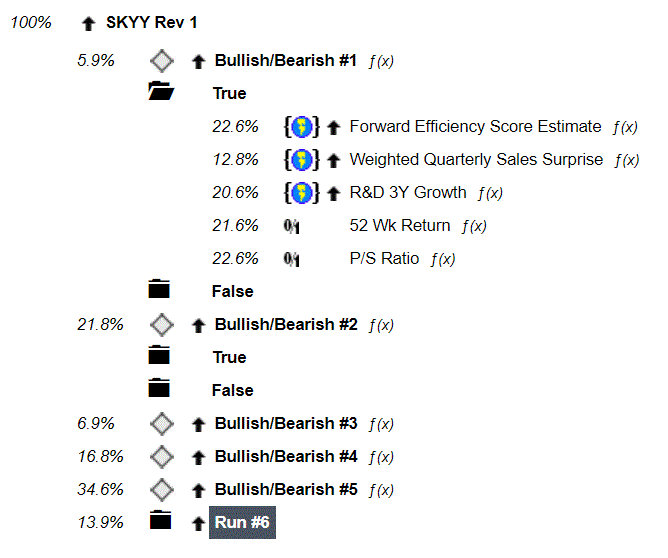First of thanks for all the insightful content you provide on the site, and congratulations on your success in 2020. I myself had a flat 2020, having moved to low volatility midcap focused models. These went nowhere in 2020, and I was hard pressed to find anything that performed worse (XMLV as an ETF comparative benchmark). So overall pretty disappointing. I have since moved to only using ETFs, as I feel there is little to no alpha to be had in the Large, Mid, or even ETF size small cap space, that can’t be captured by a simple factor ETF.
I did have a Microcap model at one point that I started in mid 2018, that immediately fell flat along with the rest of most microcap strategies. In mid 2019 I decided that microcaps, while they had the potential for huge out performance, had more potential for huge volatility and manipulation.
I continue to be amazed at the giant dispersion of returns in the microcap space. For example, your microcap model had huge returns last year, and many others had negative. This, to me, just demonstrates the very low margin for error in this area.
I have followed your models for a while and am familiar with the number of factors (innovative and some unorthodox) you use. Can you address the below questions?:
1.) Do you use nodes in your ranking (i.e all your value factors are a node, all your quality factors are a node, etc. Similar to the P123 combination model)?
2.) I understand that a lot of your factors are custom and not the standard P/E, etc., but how can those be SO much more effective than the standard ones? I would at least think they would be in the same ballpark, with custom factors having a slight edge. For example, using the P123 Combination Model (which seems reasonable, solid and well thought out) on the the microcap universe, produces less than stellar risk adjusted returns.
3.) With so many factors, if your model falters, how will you be able to track down why it’s faltering? I have always followed the idea that less factors are better, so you can clearly see which ones may be contributing to under performance. I.E, the idea that things should be as simple as possible and no simpler.
Thanks
